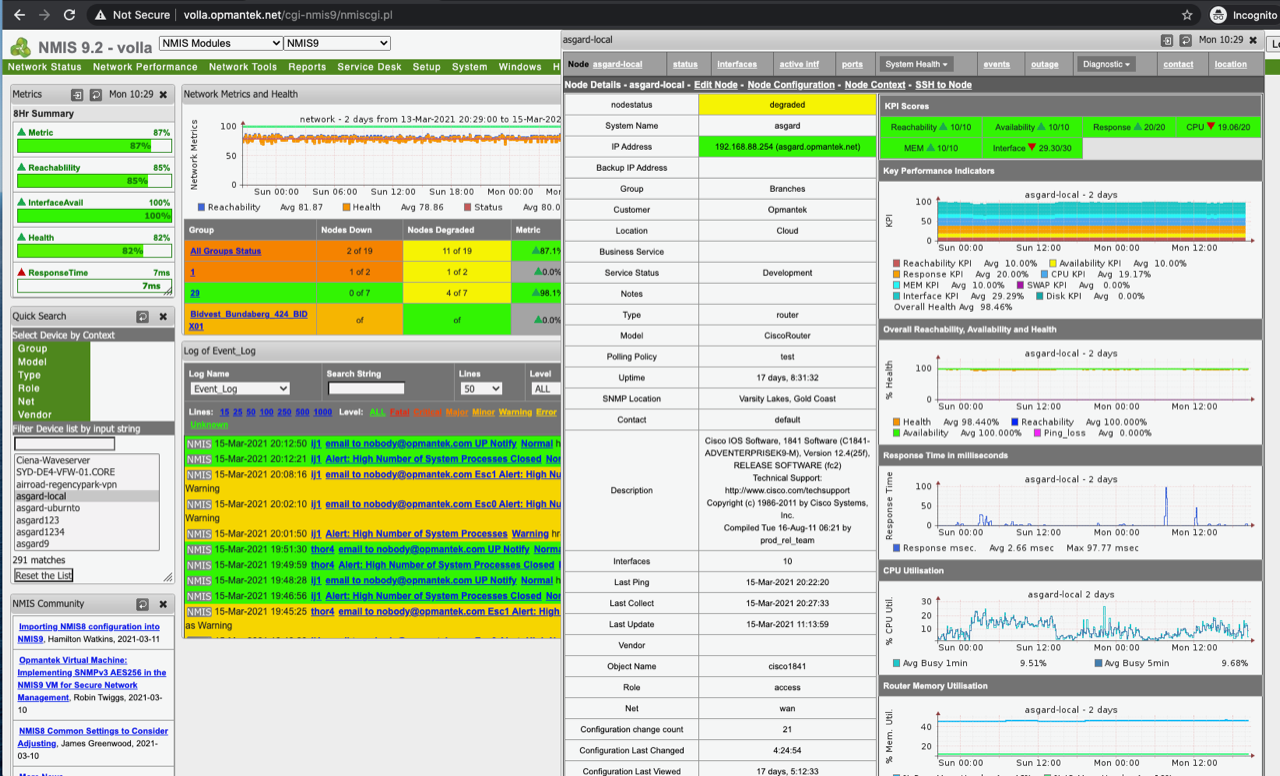Healthcare Data Breaches: Are Hospitals Ignoring Open-Source Security Solutions?
Table of Content
Data breaches are a nightmare for hospitals — and unfortunately, they are becoming a regular occurrence. Sensitive patient data like medical records, financial information, and even treatment histories are all at risk.
You might think healthcare providers are doing everything possible to secure this information.
But here's the kicker: many hospitals overlook powerful, open-source security solutions in favor of expensive, proprietary systems that still fail.
Could embracing open-source tools help avoid these breaches? Let’s explore why healthcare providers are reluctant and how network vulnerability scanners and penetration testing tools from the open-source world can improve security.
The Rising Threat of Healthcare Data Breaches
According to a report from HIPAA Journal, over 540 healthcare data breaches occurred in 2023, exposing millions of patient records. These breaches aren't just an inconvenience — they can lead to identity theft, financial fraud, and even harm patient trust.
Recent high-profile breaches like the UnitedHealth Group cyberattack show that even industry giants aren’t immune. Worse yet, hospitals often spend millions on proprietary security systems that seem to fail at the worst possible times.
So, why not explore free and open-source alternatives that are trusted by security professionals worldwide?

Open-Source Security Tools: Why They Deserve a Spot in Hospitals
Open-source security tools have been battle-tested by developers, ethical hackers, and system admins for years. They are transparent, community-driven, and offer customization that proprietary software just can’t match.
Plus, they often get patched quicker because anyone can inspect and fix vulnerabilities.
Check out these open-source security tools that can help hospitals safeguard sensitive data:
1. Network Vulnerability Scanners
Open-source vulnerability scanners can help identify weaknesses in hospital networks before attackers exploit them. Tools like Nmap, OpenVAS, and Nikto are popular choices among cybersecurity experts.
If you're not familiar with these tools, we’ve covered a detailed list of network vulnerability scanners and pentesting tools that can help hospitals lock down their networks.


2. Comprehensive Vulnerability Assessments
For a more extensive security evaluation, hospitals can rely on tools like Vuls, Wapiti, and ZAP (Zed Attack Proxy). These tools can automatically scan systems and web applications for vulnerabilities, generating detailed reports on what needs fixing.
We’ve compiled 41 vulnerability scanners that provide robust, open-source alternatives for conducting regular security assessments.
3. Penetration Testing Frameworks
Penetration testing (pentesting) simulates real-world attacks to see how well a system holds up. Tools like Metasploit and OWASP ZAP can help identify security holes that vulnerability scanners might miss.
Explore more about pentesting tools in our article on network vulnerability scanners and pentesting tools for healthcare IT departments looking to fortify their defenses.
Why Aren’t Hospitals Using Open-Source Tools More Often?
It seems like a no-brainer, right? Free tools that are transparent and widely supported by the security community.
But many hospitals are stuck in the loop of proprietary systems due to:
- Fear of the Unknown: Some IT administrators worry that open-source tools lack the support or user-friendliness of commercial products.
- Vendor Lock-In: Once a hospital commits to a proprietary solution, switching costs (both financial and time-related) can be daunting.
- Regulatory Concerns: Healthcare regulations like HIPAA sometimes lead decision-makers to believe that only expensive, "certified" proprietary solutions are compliant.
But here’s the thing — open-source tools can be compliant, secure, and effective if used correctly. Many of these tools are already in use by top organizations worldwide.
In fact, ignoring them might mean missing out on some of the best cybersecurity defenses available.
Success Stories: Where Open-Source Tools Shine
Industries like finance, government, and education have successfully integrated open-source security tools. For example:
- The U.S. Department of Defense uses open-source software to improve transparency and security.
- Financial institutions like JP Morgan and Goldman Sachs incorporate open-source solutions to protect sensitive data.
- NASA relies on open-source tools to secure its systems and networks.
So why are hospitals lagging behind?
Time to Take Open-Source Seriously
Hospitals need to realize that the cost of a data breach — both in terms of fines and loss of trust — far outweighs the effort to adopt open-source security solutions. By leveraging tools like Nmap, OpenVAS, and Metasploit, hospitals can perform regular vulnerability scans and pentests without breaking the bank.
It's time to ask: Are healthcare providers putting patient data at risk by ignoring open-source security solutions?
If hospitals want to avoid becoming the next headline for a massive data breach, embracing the open-source security community might be the smartest move they can make.

What Do You Think?
Do you trust open-source tools for healthcare security? Have hospitals overlooked an opportunity to bolster their defenses? Share your thoughts in the comments below!
Resources & Further Reading:
- HIPAA Journal: 2023 Healthcare Data Breach Report
- Network Vulnerability Scanners and Pentesting Tools – Medevel
- 41 Vulnerability Scanners – Medevel
- Linux Foundation: Open Source Security Projects














